Ortelius’ three key Spanish regions, from sources shrouded in mystery…
Carpetaniae Partis Descr.; Vardusorum, sive Guipuscoae Regionis Typus; Hanc Insulam Perlustrabat, et sua manu depingebat Georgius Hoefnaglius Antverpian. Belga.
Out of stock
Description
Abraham Ortelius’ gorgeous triple map of key Spanish territories is a terrific example of cartographic art with considerable historical significance. The map combines three distinct regions onto a single, ornate sheet.
The regions are Carpetania (upper left), which follows the Tagus River from the mountains outside Toledo to the Portuguese border; Guipuzcoa (upper right), which essentially covers what today is Basque Country but which at the time was the kingdoms of Navarre and Old Castile; and finally, Cadiz, the great Atlantic port, which replaced Seville as the arrival hub for ships from New Spain. Each map is adorned with a title cartouche and rich original hand coloring, with the Cadiz map also featuring vignette details such as sailing ships, adding further to its visual allure.
The larger semi-circular map at the bottom, depicting Cadiz, is based on a manuscript map by Georg Hoefnagel, created during his stay in Spain from 1563 to 1567. Hoefnagel, renowned for his precise naturalistic drawings of plants and animals, collaborated with Ortelius on this project. After the capture of Antwerp by Spanish troops in 1576, Hoefnagel and Ortelius traveled along the Rhine to the Mediterranean, visiting Venice, Rome, Naples, and likely Spain. On this journey, valuable cartographic information was gathered. The Cadiz map reflects Hoefnagel’s meticulous attention to detail and Ortelius’ artistic vision for maps. The result is an engaging and historically accurate capture of Spain at the height of its global dominion.
The sources of the other two maps, Carpetania and Guipuzcoa, remain obscure. The Guipuzcoa region was also featured in a map by de Jode in 1578, but its original source is also unknown. Carpetania, an ancient region that roughly corresponds to modern-day Madrid and Castile-La Mancha, also has unclear origins. Despite the mystery surrounding these sources, all three maps were noted at the time as offering a hitherto unseen combination of precision and artistry. Indeed, the Ortelius atlas (Theatrum Orbis Terrarum), from which this sheet originates, is regarded as the first modern atlas and efficiently combined proto-scientific accuracy with aesthetic ambition.
Census
This is the first state of the map, published in 1584 as indicated on the map (van den Broecke 1584L3).
Context is Everything
In the 16th century, Cadiz played a crucial role in Spain’s maritime dominance. Located strategically on the Atlantic coast, at the mouth of the Guadalquivir River, it served as the main port for Spain’s American empire. Cadiz became the point of departure for voyages to the New World. Its harbor facilitated the movement of explorers, settlers, and goods. The bustling port was instrumental in expanding Spanish territories and influence across the Atlantic. Cadiz was the launch point for significant expeditions, including those of Christobal Colon (Columbus) and Hernán Cortés. It was also a logistical hub where ships were outfitted, and provisions were stocked. The port’s shipyards constructed and repaired the vessels that carried Spanish conquistadors and colonists to the Americas.
Cadiz was vital for the Spanish treasure fleets transporting riches from the Americas. It served as a naval base for the Spanish Armada, which brought gold, silver, and other valuable commodities from the New World to Spain. The influx of wealth from the New World significantly bolstered the Spanish economy and financed further exploration and military campaigns. The port’s defenses were strengthened to protect against pirate attacks and foreign naval forces. Fortifications, including walls and towers, were constructed around the city to safeguard these valuable shipments.
The city’s strategic importance and economic prosperity made it one of the most significant ports in the Spanish Empire during the 16th century.
Cartographer(s):
Abraham Ortelius (1527-1598) was born in Antwerp to Flemish parents in 1527. After studying Greek, Latin, and mathematics, he and his sister set up shop as book dealers and a ‘painter of maps.’ In his heart, Ortelius was, nevertheless, first and foremost a historian. He believed geography was the ‘eye of history,’ which explains why he collected maps and historical documents with such passion. Ortelius traveled widely in pursuit of his interests, building contacts with mapmakers and literati all over the European continent.
Ortelius reached a turning point in his career in 1564 with the publication of a World Map in eight sheets, of which only a single copy survives. In 1570, he published a comprehensive collection of maps titled Theatrum orbis terrarum (Theatre of the World). The Theatrum is conventionally considered the first modern-style atlas. It was compiled by collecting maps and charts from colleagues across the continent, which Ortelius then had engraved in a uniform size and style. The engraver for most of the maps in Theatrum was none other than the famous Frans Hogenberg, who also served as the main engraver for the 16th-century urban atlas Civitates Orbis Terrarum, published with Georg Braun in 1572.
Hogenberg’s re-drawn and standardized maps formed the basis of the first atlas in history (even though it was Mercator who was the first to use the term a few decades later). Unlike many of his contemporaries, Ortelius noted his sources openly and in the first edition, acknowledged no less than eighty-seven different European cartographers. This ‘catalogus auctorum tabularum geographicum‘ is one of the major innovations of his atlas. The list of contributing mapmakers was kept up-to-date for decades after Ortelius’ death. In the first edition of 1570, this list included 87 names, whereas the posthumous edition of 1603 contained no less than 183 names.
While compiled by Abraham Ortelius in the manner described above, the Theatrum was first printed by Gielis Coppens van Diest, an Antwerp printer experienced with cosmographical books. Van Diest was succeeded by his son Anthonis in 1573, who in turn was followed by Gillis van den Rade, who printed the 1575 edition of Ortelius’ atlas. From 1579, Christoffel Plantin took over, and his successors continued to print Theatrum until Ortelius’ heirs sold the copperplates and the publication rights to Jan Baptist Vrients in 1601. In 1612, shortly after Vrients’s death, the copperplates passed to the Moretus brothers.
Condition Description
A beautiful example. Original color. Very good. Some wear along centerfold, especially at edges.
References
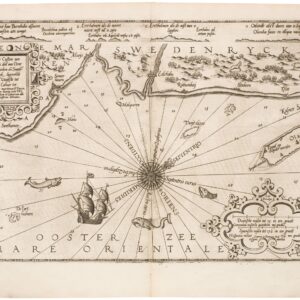
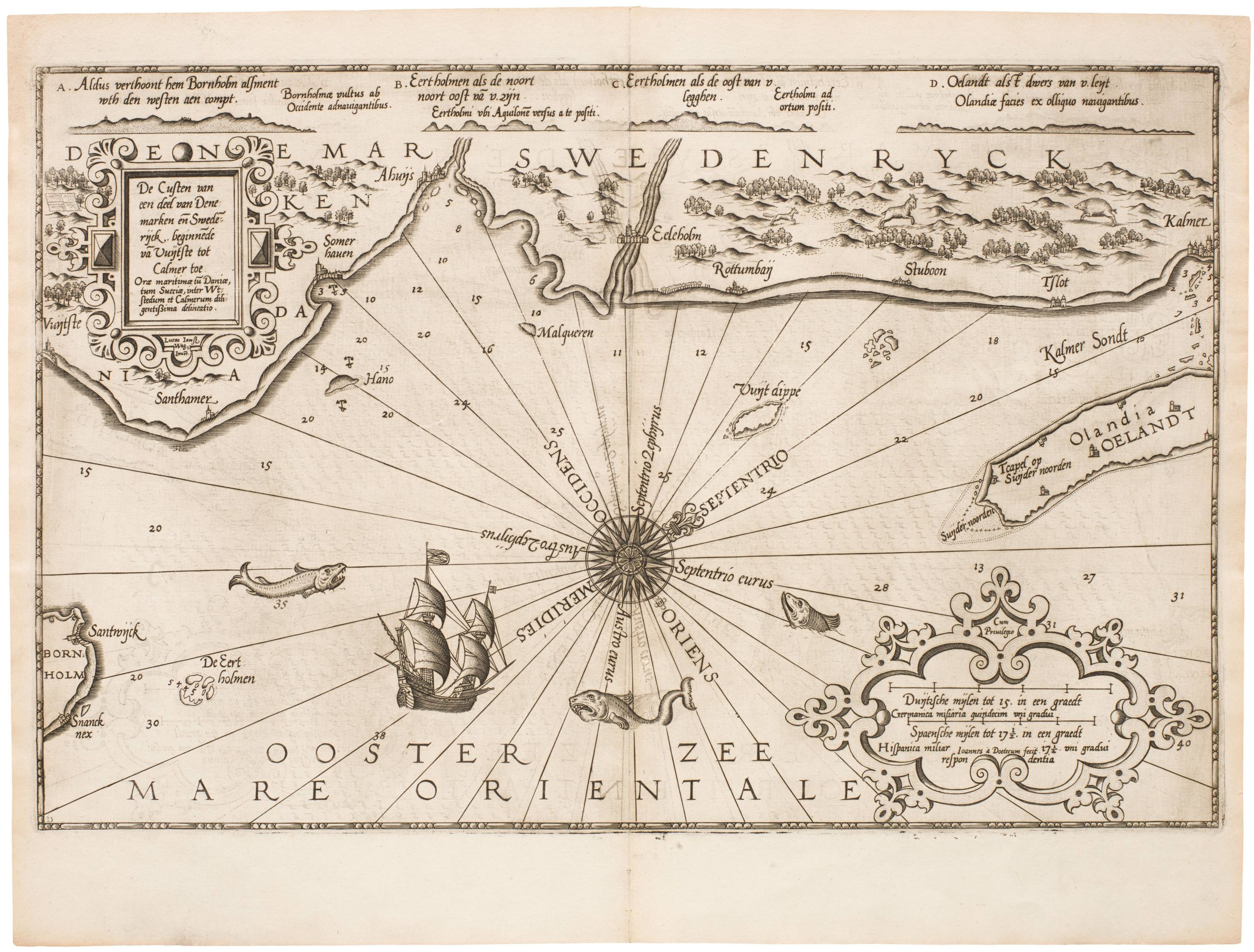

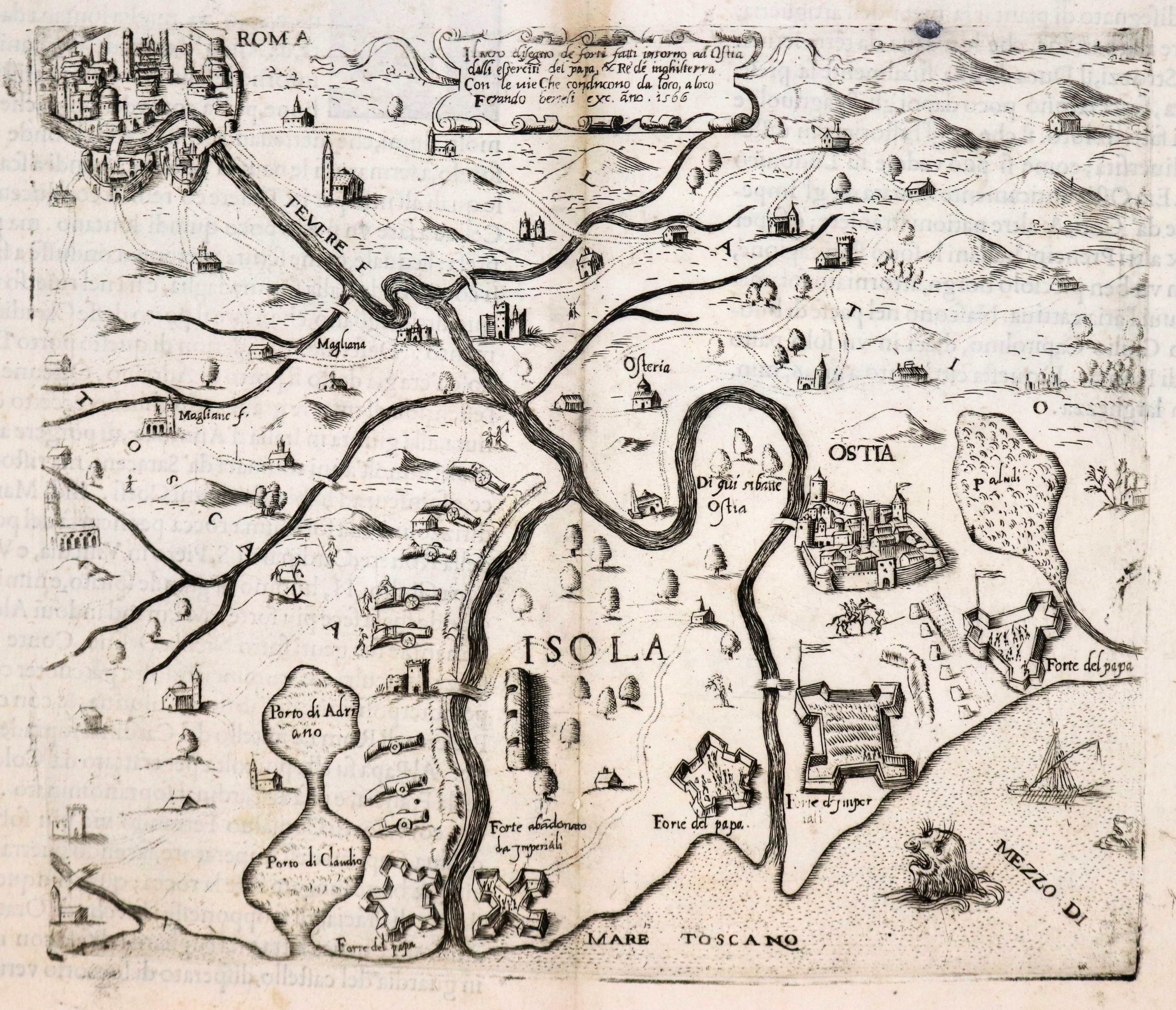
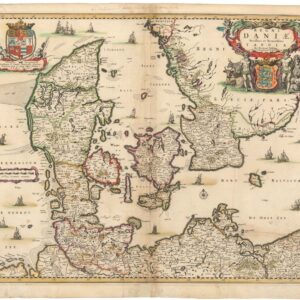
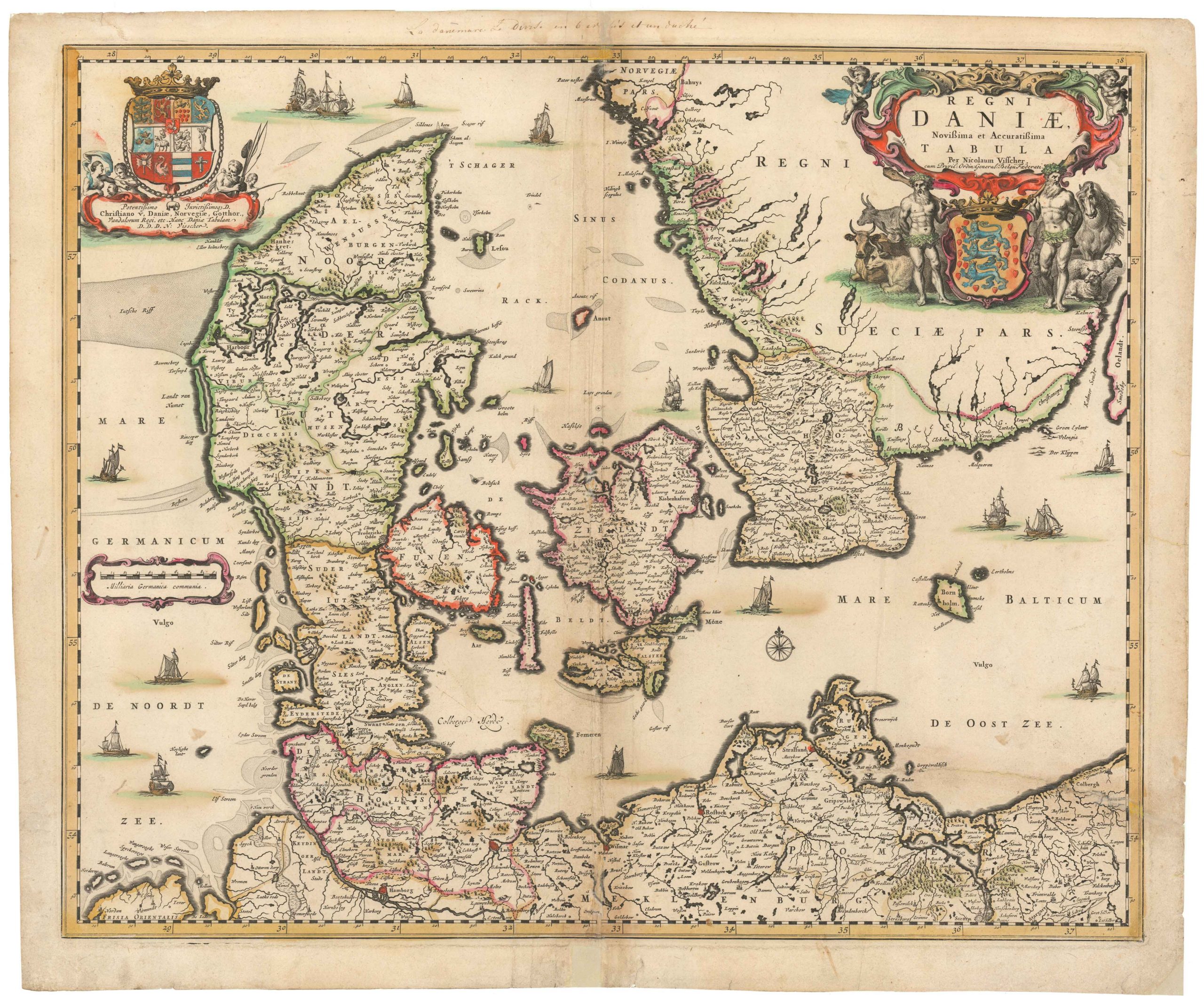
![Delimitation de la Zone Occupee [German Occupation of France]](https://neatlinemaps.com/wp-content/uploads/2019/12/NL-00782-scaled-300x300.jpg)
![Delimitation de la Zone Occupee [German Occupation of France]](https://neatlinemaps.com/wp-content/uploads/2019/12/NL-00782-scaled.jpg)